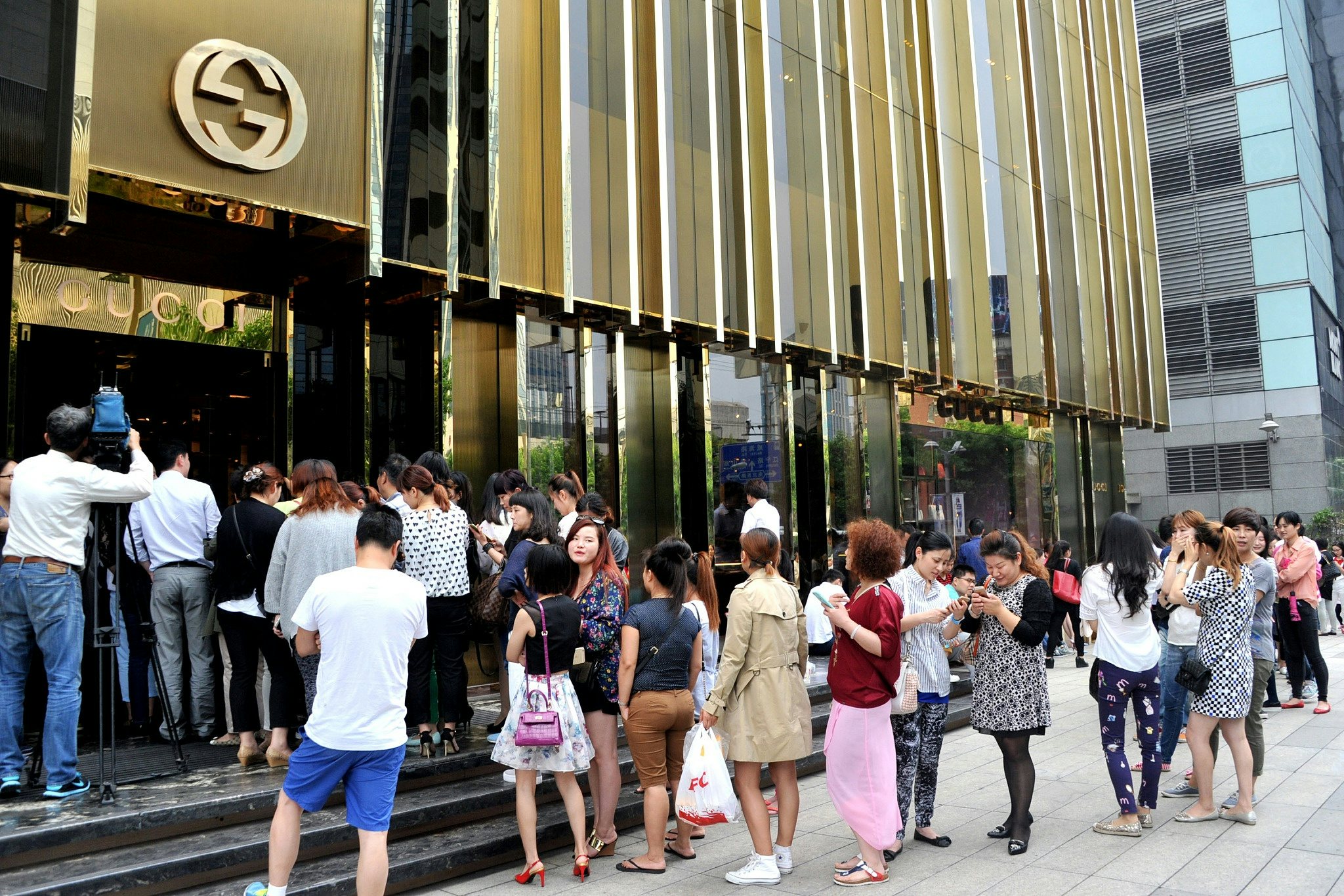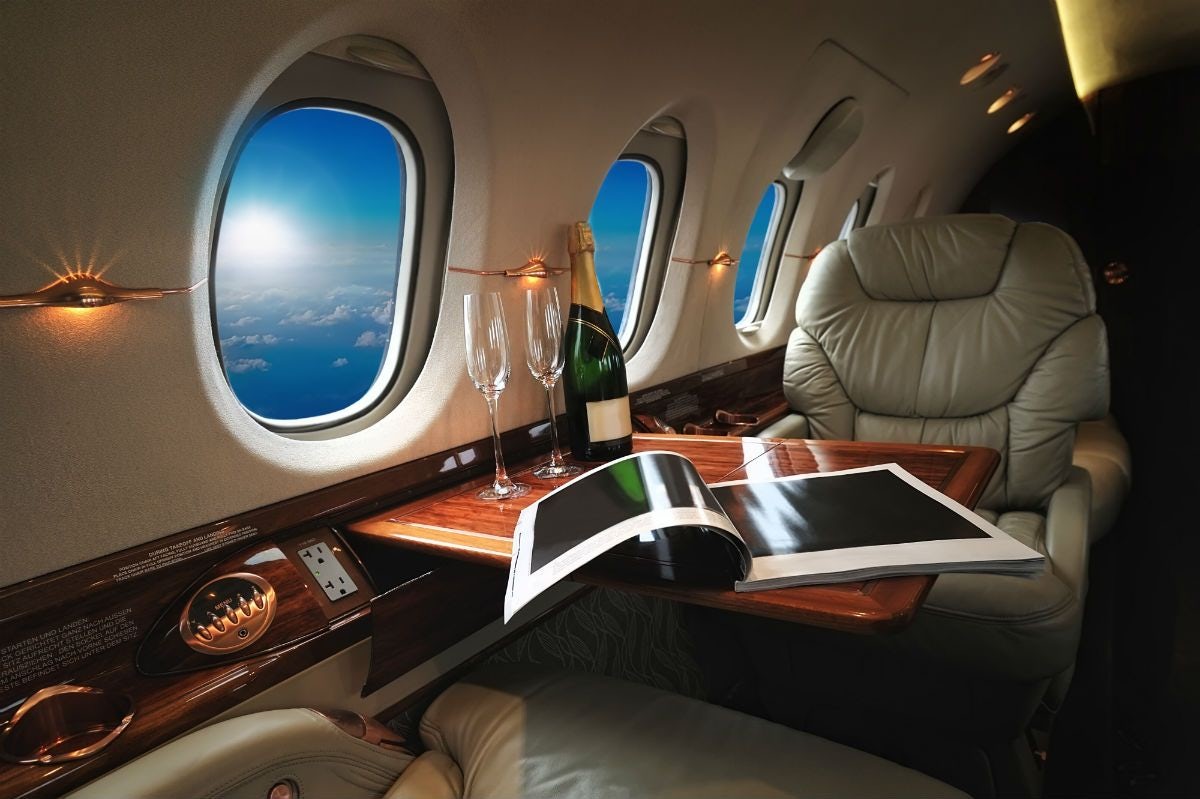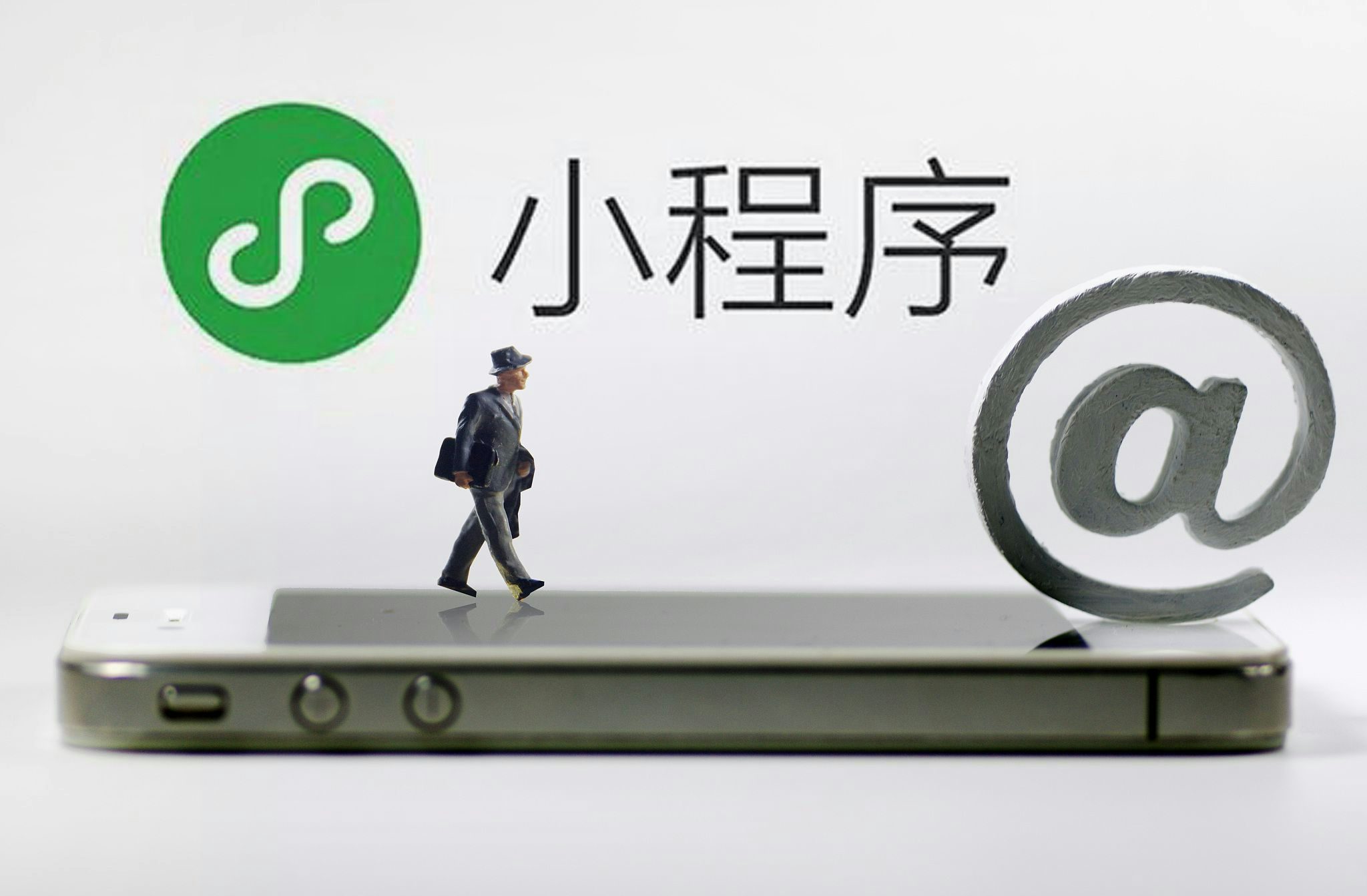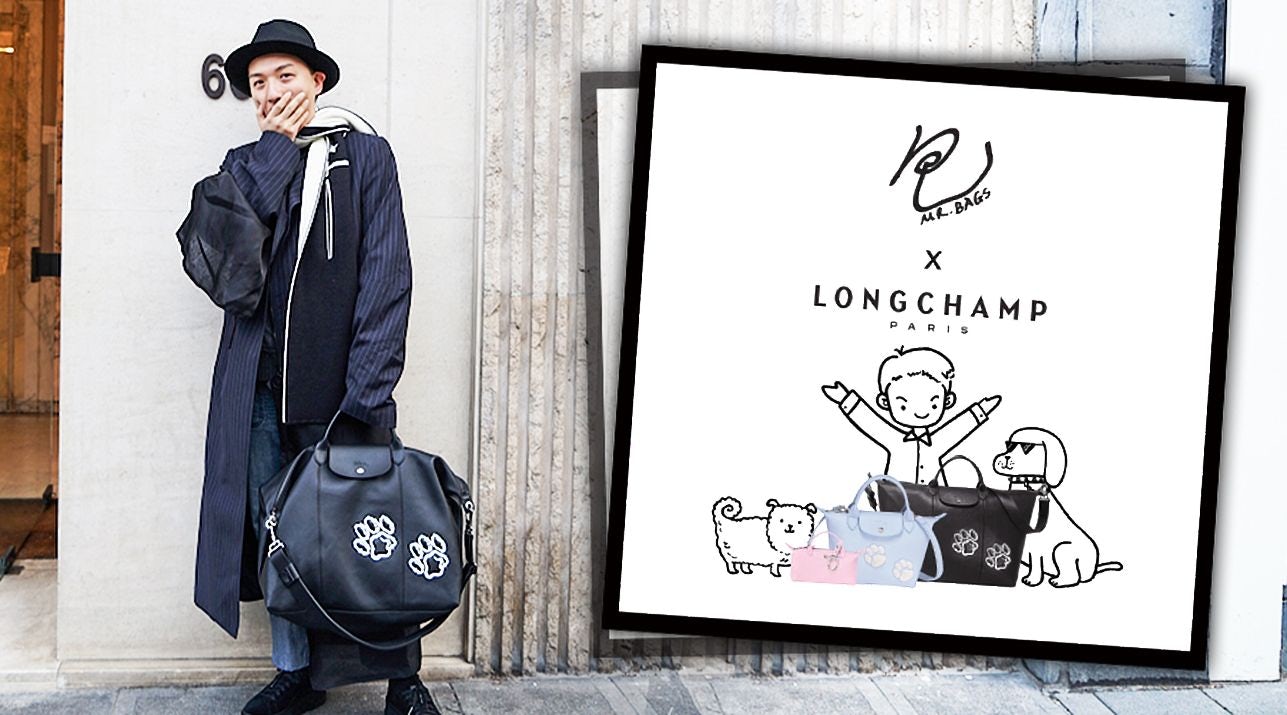When I speak to someone that doubts the luxury spending power of affluent Chinese travelers, it seems that they may have their head stuck in the sand—or at least somewhere else that the sun doesn’t shine.
First and foremost, Chinese consumers lead luxury spending, and they lead the way in not only the growth of their spend but also total spend. I was recently told by someone in a reasonably high position at a multinational company (MNC) that he ‘believed they spend on shopping—but maybe not on luxury accommodation’. I politely queried this by asking where he thought that someone stayed after they had flown first-class (or on a private jet) when they arrived at their destination—other than the most luxurious options?
Yet, it is understandable that the understanding of the Chinese luxury market comes in stages. It isn’t rare to find those who have assumed incorrect beliefs about China, in terms of the marketplace and the state of marketing communications therein.
The next stage up from initial acceptance occurs when the person may be well-read on the marketplace, but whose mindset is, just to be frank, somewhere around 2012-2013 when ‘having a WeChat account’ was an already decent step in engaging with the target Chinese luxury consumer. I read a very nice sentence in PWC’s recent global consumer insights report which explains where brands need to have their head space in 2018 and beyond: “Some companies are still focusing on the “digital savviness” of the Chinese millennials, trends which are now so pervasive that they have become truisms.”
That sentence nicely outlines where brands need to rapidly get to. At this point, saying that you’ve set up your WeChat account to engage the Chinese consumer is like saying you’ve just installed these clever 'windows' in your retail store in order to let natural daylight help with visibility.
The breadth and depth of WeChat capability (as only one single example within China’s unique digital ecosystem) is both awe-inspiring and limitless. Not only should your business be quickly aiming for a comprehensive digital footprint in China, but to optimize the near-magical capabilities of WeChat in ways that the Chinese consumer at least expects.
Looking at the level of what is expected, consider how helpful (or amazing, but with toned-down hype) it would be for your business to have a complete CRM (customer relationship management) system, enhanced every time that a customer made a purchase? Think about this: your China-specific loyalty program, customer-service communication, store locator and content platform all hosted within your WeChat brand zone or mini programs. Special-offer coupons and exclusive deals that your potential customers can not only purchase for themselves but also can gift to their friends, as they pay you with a few taps of their WeChat Wallet.
On top of that, consumers can easily share their brand experiences with their social circles. These functions ensure that all of your activities are smartly ring-fenced and lead other potential customers to become followers, members and/or advocates.
Any luxury brand should not fear their name to be ‘diluted’ or that WeChat seems too ‘mass-market’. Taking on all of the functionalities of WeChat actually ensures trust with your Chinese consumer. Trust is the all-important factor for an overseas brand to sell to Chinese consumers. The WeChat brand zone was initially taken up by Longchamp, Tiffany & Co, Cartier, Louis Vuitton, Michael Kors, Swarovski, Montblanc, Gucci, and Lancôme. More recently, WeChat upgraded its system so that a brand can have something like a ‘homepage’ on its WeChat account (content, online store and even CRM are held in the same place). The UX is seamless and brands can customiZe how they use the options available to them — meaning flexibility of presentation. Importantly, having everything hosted within an owned WeChat zone means authenticity of the product sold.
Max Factor trialed a staff-free, automated store. Not only could the customer scan a product's QR code, pay via WeChat and then leave, they can observe a heatmap of customers in the store of how long they looked at each particular product, and more. This is a dream-come-true for brands seeking to truly understand the preferences of their customers as they visit their offline venues.
For hospitality and travel, the sky’s the limit; some hotels already wow their Chinese guests with WeChat-controlled room functions, like the LINQ hotel in Las Vegas. The Peninsula celebrated Mid-Autumn Festival by offering mooncakes on pre-order via its newly launched mini-program. The brand sold over US20,000 worth of mooncakes and related products within 24 hours of the launch. If you present your Chinese customer with the most hi-tech, seamless and WeChat-friendly method of interaction—they will opt for it.
As mentioned at first, the power of Chinese luxury travelers is crystal clear. They are not only shaping the industry now but also in the long term. The opportunity is undoubtable. With the Chinese digital ecosystem being a unique, near-limitless tool, the takeaway is simple—in order to access the China opportunity, your luxury brand has to be up to speed.
This article written by Cindy Choo was originally published by Campaign Asia.



